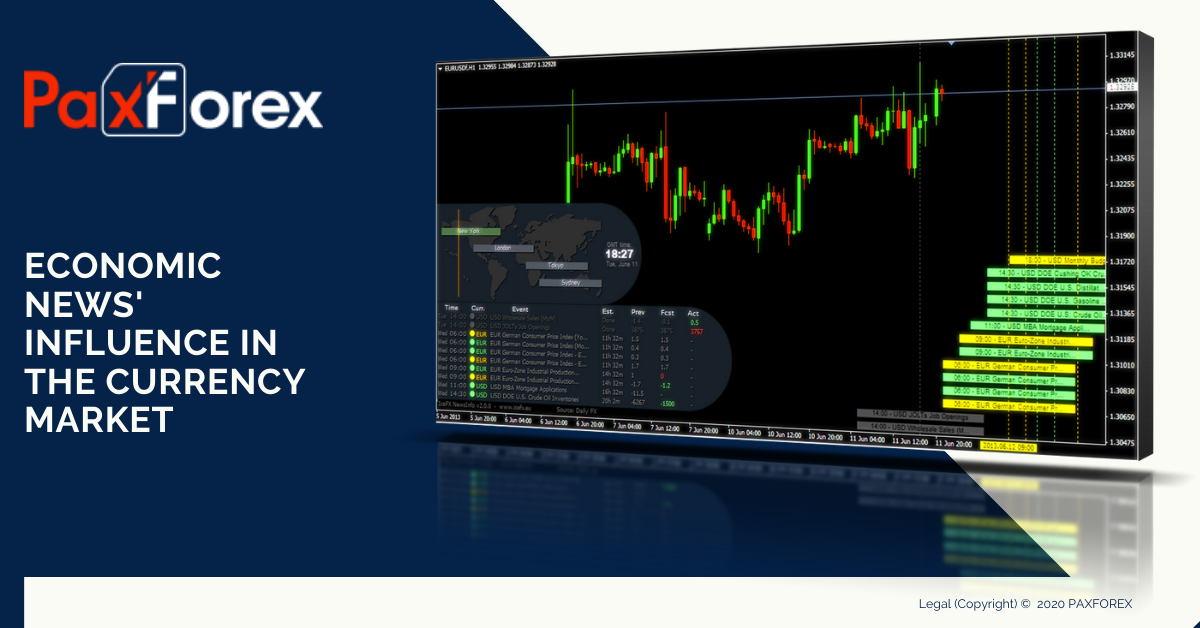
With buyers and sellers from all corners of the globe participating in trillions of dollars of trades each day, currency market is a true global marketplace. The fact that foreign exchange trading has become such a globalized activity means that macroeconomic events play an even greater role in forex than ever before. The currency market is primarily driven by overarching macroeconomic factors that influence the decisions of the traders who ultimately decide the value of a currency at any given point in time.
Economic data tends to be one of the most important catalysts for short-term movements in any market, but this is particularly true in the currency market, which responds not only to U.S. economic news, but also to news from around the world. With at least eight major currencies available for trading at most currency brokers and more than 17 derivatives of them, there is always some piece of economic data slated for release that traders can use to inform the positions they take.
The value of a country’s currency is affected and largely influenced by various economic indicators that reflect how a country is performing. The macroeconomic events that take place internally and internationally are factors that will have a huge effect on the value of a currency. As a currency trader you need to be constantly on top of these data – always ready to read and interpret reports as it is released. You should be able to do this quickly as well because the market immediately reacts to these economic indicators.
One of the most important types of information available to a currency trader comes in the form of economic news or data releases. Such key news items concerning the economic health of a country will have a tendency to directly affect the value of that nation’s currency relative to the currencies of other nations. As a result, they are key pieces of any trader’s fundamental analysis process. Also, from a technical trader’s point of view, since such economic data releases can often move the market substantially, it makes sense to keep a close eye on what data is coming out and when.
Some of the most widely referenced economic releases (also referred to as economic indicators) are a country’s Gross Domestic Product (GDP), inflation rates, unemployment data, manufacturing indices, retail and consumer goods sales figures, new home construction figures, and lending data. Ideally, positive data generally will lead to a more desirable currency, leading to a higher exchange rate. This is not always true, as sometimes contradicting data can cause concerns of an impending imbalance in a country’s economy, with changes to the exchange rate following soon thereafter.







